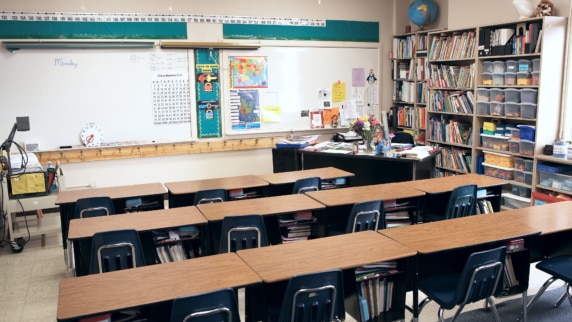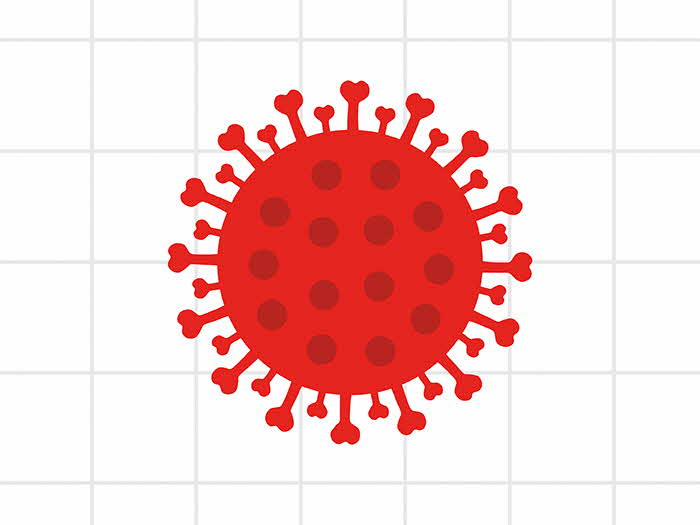
Our planning guide can assist as you develop or modify COVID-19 policies and procedures for your school operations. Remember to always adhere to federal, state, and local requirements, CDC guidelines, and recommendations of in-house counsel.
Due to the rapidly evolving nature of exposure, we recommend your school create a COVID-19 task force with a designated leader to coordinate and manage efforts to address COVID-19 on an on-going basis.
General considerations
Operations
- Follow CDC, state, and local public health department guidelines for:
- Policy/procedure development and implementation on monitoring, testing, and administration of COVID-19 issues with students, parents, and staff.
- Occupancy and physical distancing requirements.
- Cleaning, disinfecting, proper hygiene, and personal protective measures.
- Schools should review their rules regarding visitors and family activities and limit nonessential visitors, volunteers, and activities involving outside groups.
- Post signage in key building locations to advise of the following:
- Not to enter if they feel sick.
- Etiquette surrounding coughing and sneezing.
- Hand-washing hygiene.
- Use of face coverings in accordance with state and local public health recommendations.
- Work with maintenance to ensure adequate ventilation to reduce the number of virus particles in the air. Refer to Ventilation in Schools and Childcare Programs (cdc.gov).
- Identify, address, and modify/restrict areas where people tend to congregate.
Employee safety
- Follow CDC guidelines for approved cleaning products and appropriate cleaning and disinfecting techniques.
- Increase staff or consider utilizing third-party cleaning vendors to assist with increased cleaning demands.
- Equip staff with proper personal protective equipment (PPE) based on job tasks and follow state and local public health recommendations on the use of face coverings. Ensure all staff is trained on changes in increased cleaning and disinfecting protocols.
- Address employee wellness by providing frequent breaks and open communication channels.
- Follow CDC and state guidelines reminding employees who feel sick to stay home.
Student safety
- Increase frequency of cleaning and disinfecting in high-touch areas, such as restrooms, door handles, electronics, common areas, handrails, etc.
- Post guidelines and instructions and enforce them regarding physical distancing and proper hygiene practices.
- Arrange classroom seating to accommodate physical distancing protocols.
- Place hand sanitizer in classrooms for student/staff use.
Transportation safety
- Stagger arrival and pickup times or locations to limit congregating and contact.
- Organize an effective queuing approach to accommodate physical distancing for students in the loading/unloading process.
- Modify school vehicles to encourage physical distancing between the driver and passengers during vehicle operation and in the loading/unloading process (partitions, floor markings, signage, etc.).
- Adhere to CDC, state, and local guidance on physical distancing and occupancy limits for school vehicles.
- If safe to do so, keep windows open a few inches to improve air circulation.
- Frequently clean and disinfect high-touch areas in a vehicle. This would include:
- Handles and handrails
- Arm and head rests, seats, and seat belts
- Windowsills
- Steering wheel and operational controls
- Follow CDC guidance involving bus transit operators.
Extracurricular activities/athletics safety
- Develop protocols for safe participation in sports and extracurricular activities in accordance with CDC guidelines.
- Give consideration to, and discuss with legal counsel about, adding a COVID-19 clause to extracurricular event participation agreements and waivers of liability.
- Adhere to the guidance of the National Federation of High School Associations (NFHS) and state athletic associations for sports and athletic activity assistance.
- Evaluate playgrounds, pools, fitness centers, and other areas or events where people can congregate as well as pose difficulty for frequent cleaning/disinfecting and physical distancing.
- Frequently clean all facilities and equipment with approved disinfecting solution, paying extra attention to high-touch areas (weights, balls, mats, handrails, switches, handles, etc.).
- Limit size of gatherings to comply with CDC guidance on physical distancing.
Food service safety
- Limit and arrange cafeteria seating to allow for physical distancing and occupancy limits.
- Clean frequently touched surfaces.
- Modify cafeteria serving lines to encourage physical distancing between food service workers, students, and staff.
- Organize an effective queuing approach to accommodate physical distancing for students in the cafeteria food service.
- Stagger seating times to allow more room for students to spread out.
- For additional food service guidance see Liberty Mutual’s restarting operations in the restaurant industry.
Conclusion
Communicate to employees, students, parents, and your community about the steps you are taking to help keep them safe. Capture and document your programs and efforts for future reference.
Your safety and well-being are our primary concern. These suggestions are general in nature, so please ensure that any activities you contemplate comply with all federal, state, and local COVID-19 orders impacting your facilities or operations as well as CDC guidelines for social distancing, hygiene, and other recommended best practices.
Related insights
Our risk control services are advisory only. We assume no responsibility for: managing or controlling customer safety activities, implementing any recommended corrective measures, or identifying all potential hazards. No attempt has been made to interpret any referenced codes, standards, or regulations. Please refer to the appropriate government authority for interpretation or clarification.
This website is general in nature, and is provided as a courtesy to you. Information is accurate to the best of Liberty Mutual’s knowledge, but companies and individuals should not rely on it to prevent and mitigate all risks as an explanation of coverage or benefits under an insurance policy. Consult your professional advisor regarding your particular facts and circumstance. By citing external authorities or linking to other websites, Liberty Mutual is not endorsing them.


